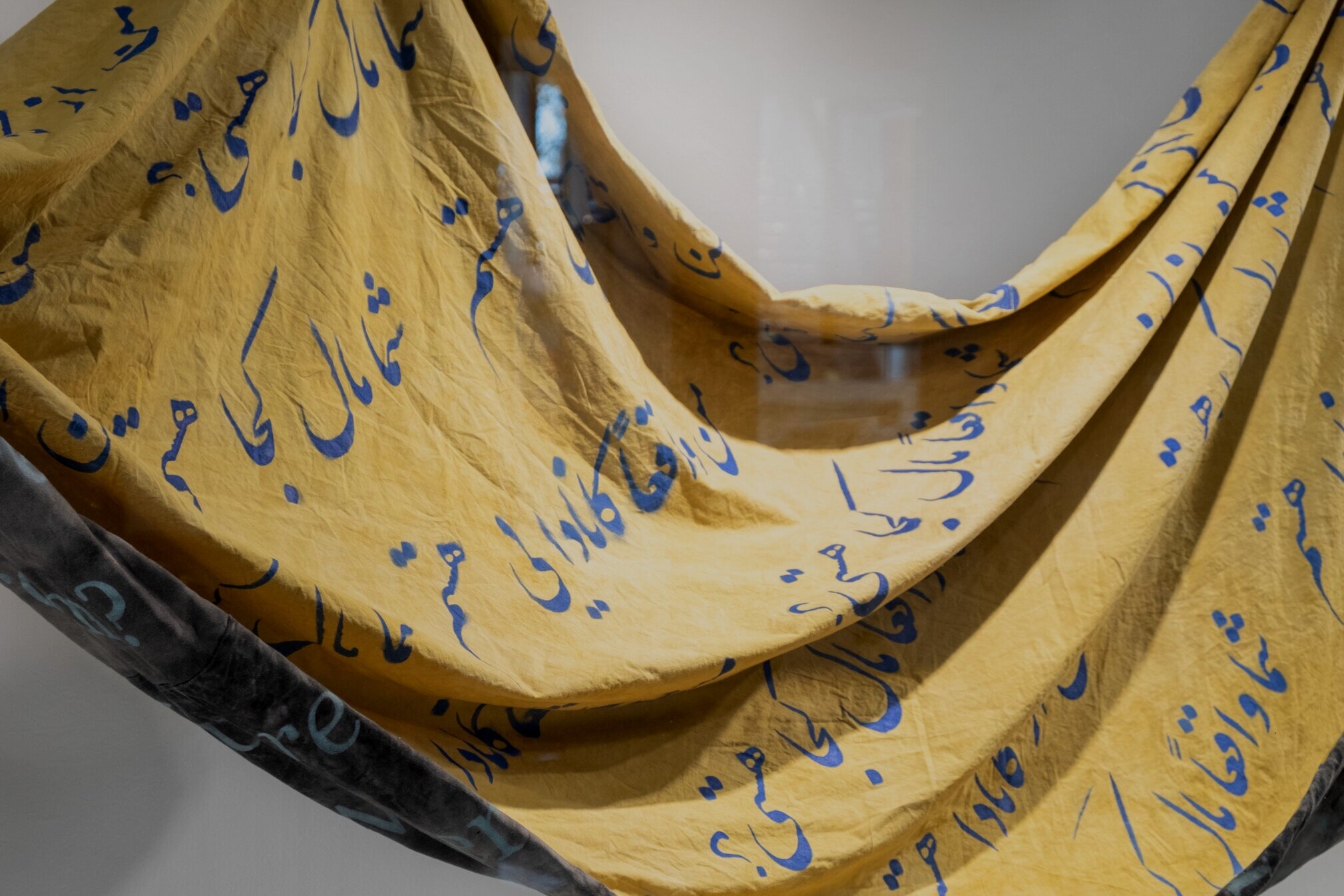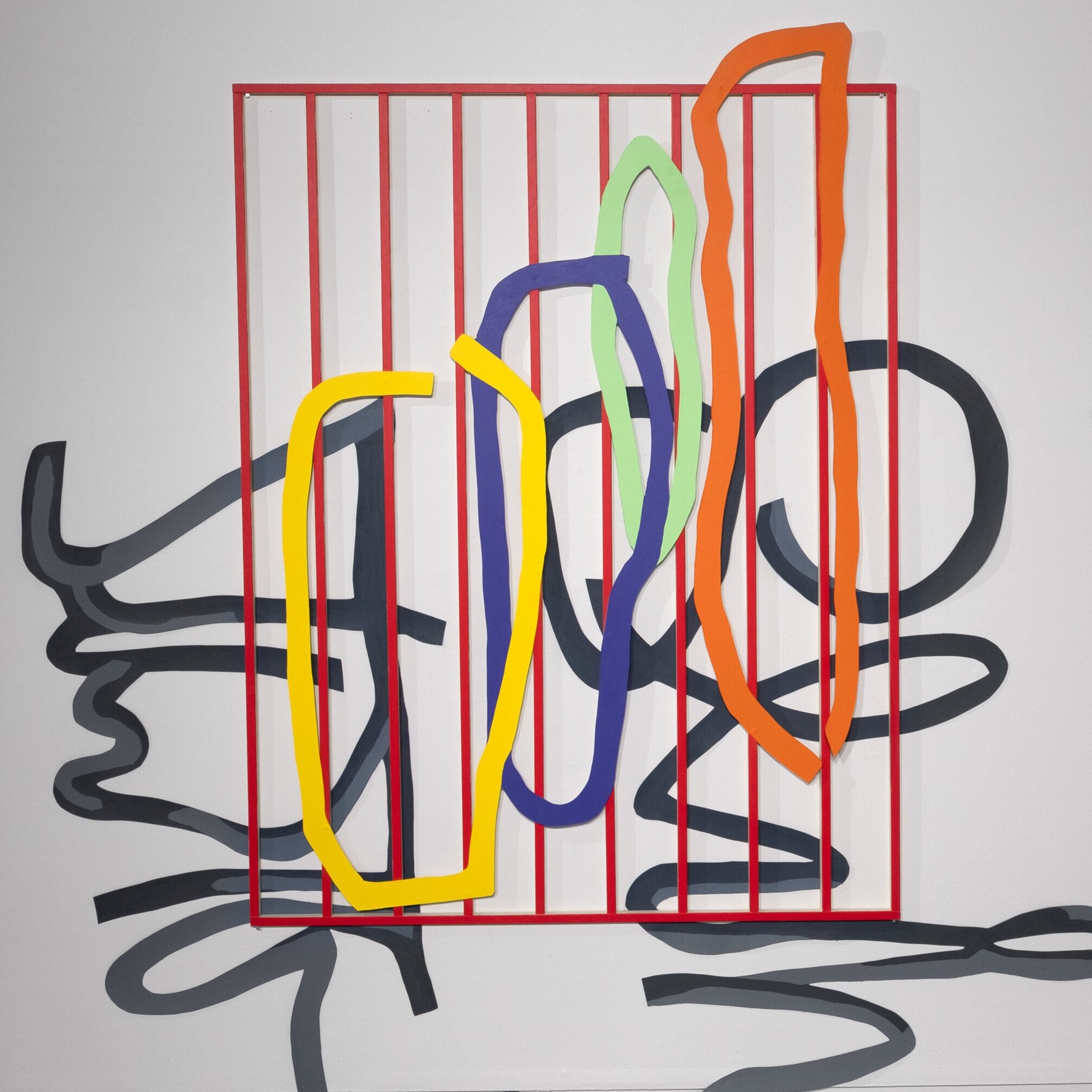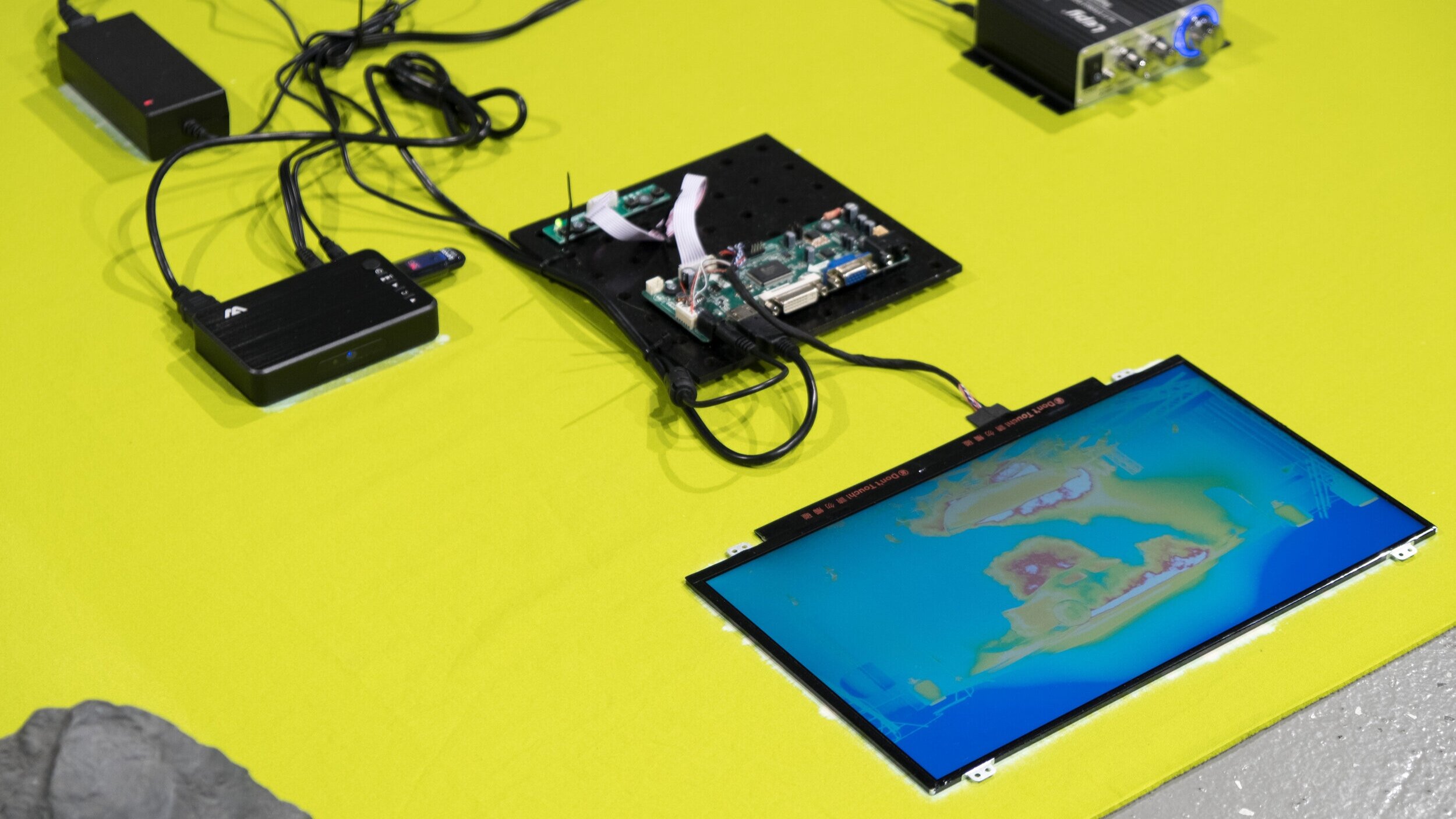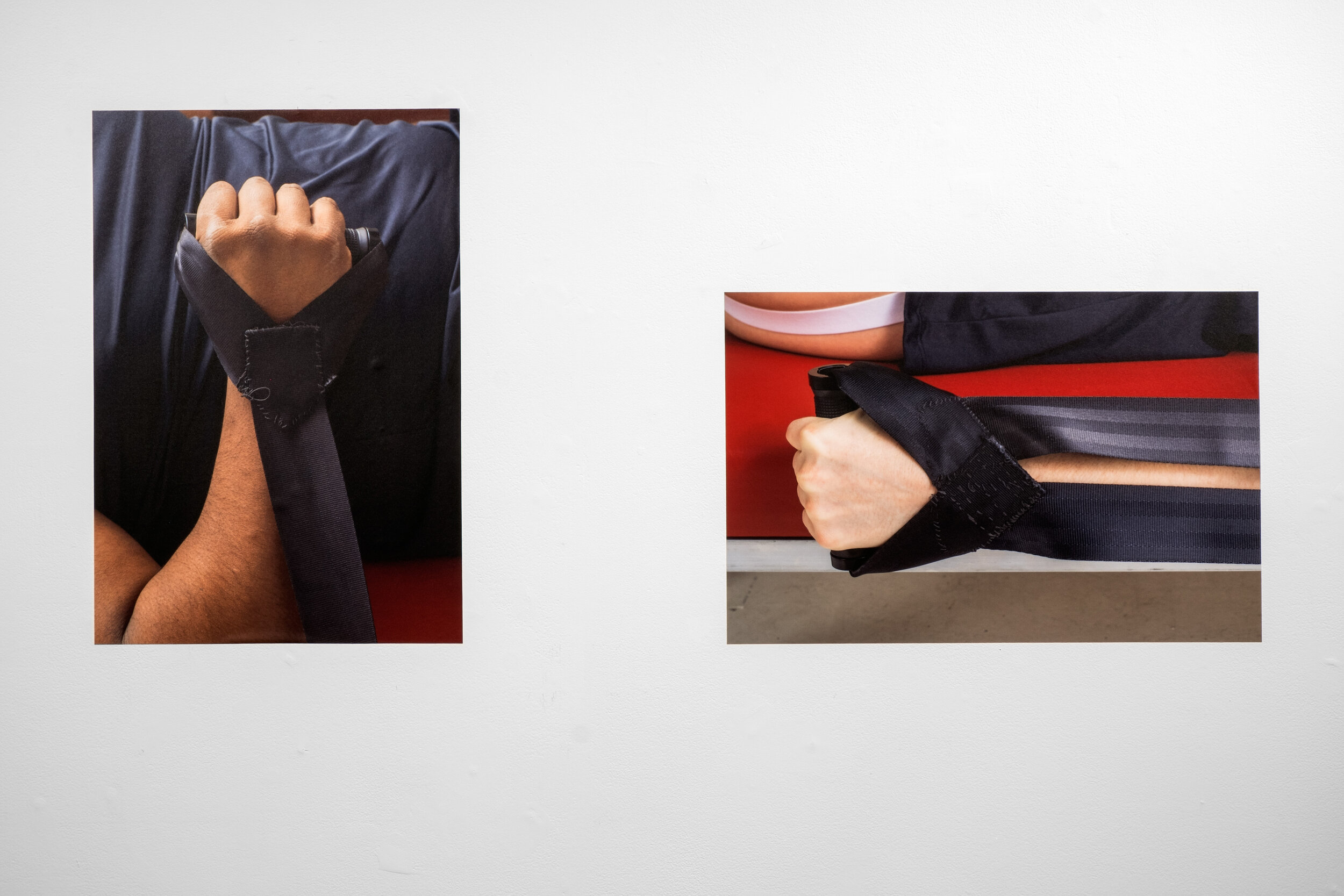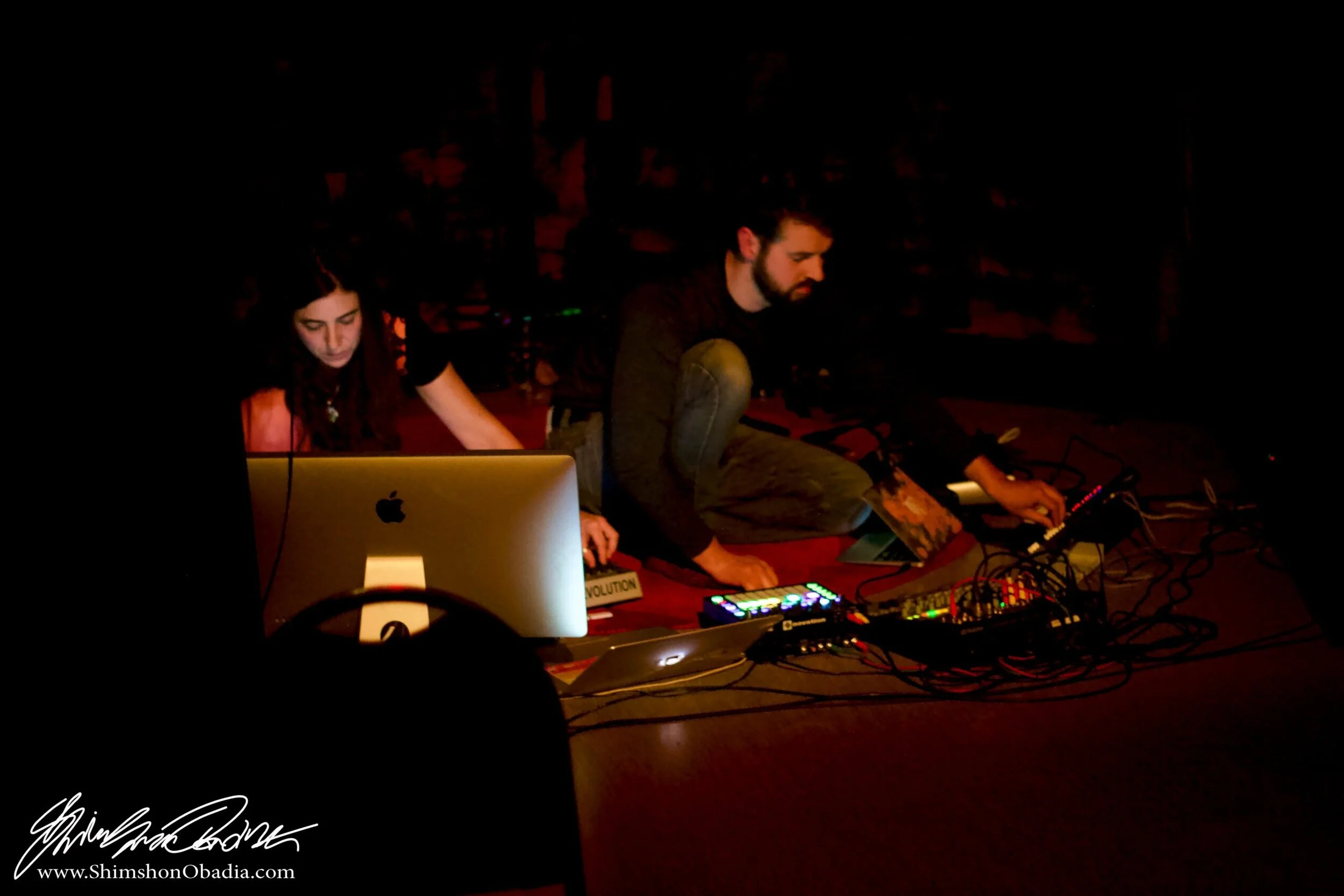I was an artist first, then husband, a father, and finally a grandfather. Through all of that I never let go of what my mother taught me at a very young age of five or six years; beauty comes from being close enough to see nature's most simplest forms. A pivotal moment in my life was when my mother took me aside for a walk to communicate something to me that was succinct and vital to being human in a growing Orwellian-structured world. It was a simple segment of a branch, not even a branch from a tree, but of some small shrub which symbolized the essential need to understand that life comes from basic, simple, uncomplicated places and origins. Understanding without words, the ineffable, life at my outset of knowing who and where I was becoming me.
As recently as seven years ago, I began to recapture my “artistic self” after a hiatus of a number of years since attending Art School at the Okanagan College Kelowna campus. At the campus I began to capture feelings that I own through brush and pencil work; for example, the energy I put into my work is likened to catching oneself before a fall. Not a fall from grace, but an actual fall when you are caught up in panic and you enter into a state of mind that is preconscious; where you react according to part of your mind that is derived from the subconscious; where you don’t have time to think and your body is reacting according to muscle memory at a cellular level; where I attempt to enter into a state where memories are triggered from beyond my life to lives of my ancestors, through cellular memory. All theoretical, but widely accepted, and understood to be possible, and that is what I am attempting to put into my work. However, with varying degrees of intensity, wildly throwing hands, crying out, all related to entering into that place in mind where we have no conscious control or awareness. Clawing and scratching the air and kicking feet as one holds oneself back from falling into a void with movements I make when creating my pieces, every time. And then emotional exhaustion.
More recently, my Anthropology major explored the recent past, exploring my own Aboriginal/European past and cultural relativity. Everything is relative in my work and reflects that allows the viewer to see what they see, not what I have intended to be seen. This leaves open universal possibilities to see images that only that individual has stored in their memories, cellular to present. This leads to individual relevance through personal stories and history finding relevance in the forms of artistic creation. I found this mostly related to a need to communicate and accept, suspending disbelief and reserving judgment, seeking relevance through relativity; tearing veils of disinterest, biases, opinions and suppositions all hindering communication, gone, not to return. Therefore, my work reflects an acknowledgment that we all are more common to each other than we could know in our busy lives.
Pieces were created in a form of emotional expressionism that is a stream of unconsciousness. I took the plunge and found myself with brushes loaded with paint in hand, throwing graphite, lunging with pencils, slashing with markers. Sometimes even allowing the liquids to represent movement, similar to our bodily fluids, and rivers of water rushing over boulders in a river bed, to flow along the surface, to find homes, just as things do out of Orwellian control; basically on the plane of the canvas and paper I call existence. Sometimes these marks would occur after the plane was completely covered with swatches of black, white, and sometimes a myriad of colours. These were made to provide context of the violent emotional outpouring by wildly throwing my arms, hands, and body at the plane of existence - my own.
Truly I did not consciously know what I was accomplishing, but trusted my instincts that what was coming out was from deep inside underlying my conscious self/mind.
Richard Dionne, BA(UBC 2007); CEA(OC 2020)



